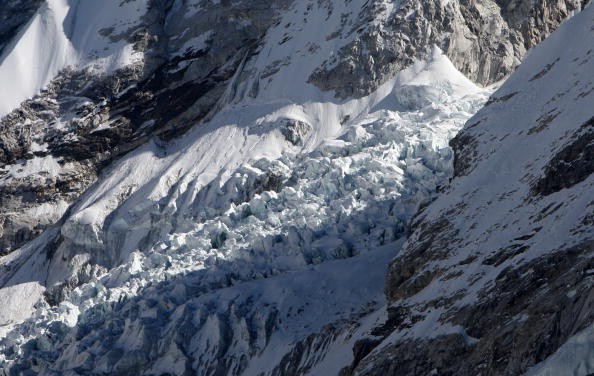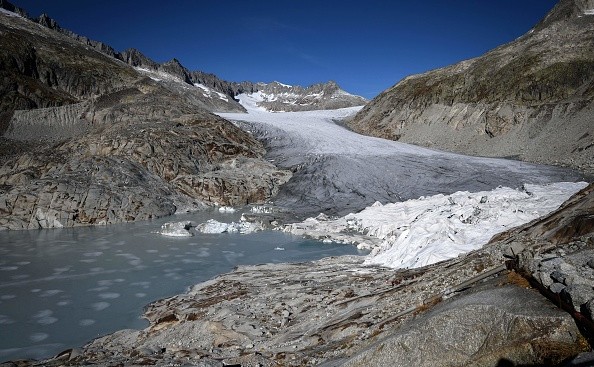The water supply of millions in Asia is at risk due to the rapid melting of Himalayan glaciers, according to a new study.

Melting of the Himalayan Glaciers
Since the last big glacier growth 400-700 years ago, a period known as the Little Ice Age, the Himalayan glaciers have lost ice 10 times faster in recent decades than on average.
The study also shows that glaciers in the Himalayas are retreating at a rate the researchers described as "exceptional" compared to glaciers in other places in the world.
Reconstructions of 14,798 Himalayan glaciers during the Little Ice Age have been published in Scientific Reports. Glaciers have shrunk from a peak extent of 28,000 km2 to roughly 19,600 km2, a 40 percent loss, according to Phys.org.
Between 390 and 586 km3 of ice have been lost over that time period, which is the equivalent of all present-day ice in the Central European Alps, the Caucasus and Scandinavia put together.
According to the team's calculations, the amount of water discharged into the ocean as a result of this melting is anywhere from 0.92 mm to 1.38 mm.
Also Read : Melting Glaciers Due to Global Warming is Slightly Warping Earth's Crust, Scientists Warn
Impact of Melting Himalayan Glaciers
Professor Jonathan Carrivick, the study's co-author and Deputy School Head of Geography at the University of Leeds, said there has been a tenfold increase in the rate of ice loss from Himalayan glaciers in the last century.
He added that in the past several decades, human-induced climate change has led to an increase in the pace of loss.
This mountain range is home to the third most glacier ice in the world after Antarctica and is commonly referred to as 'the Third Pole'
More than one billion people in Asia rely on rivers for their food and electricity, thus the rapid melting of Himalayan glaciers has huge consequences. The Brahmaputra, Ganges, and Indus are a few examples.
The glacier surface was reconstructed using satellite pictures and computer elevation models that date back 400-700 years.
Former glacier borders were visible in satellite pictures, and researchers utilized the geometry of these ridges to determine the size of the glacier and the height of its ice surface in the past. Between the Little Ice Age and now, comparing the glacier reconstruction to the glacier as it is today, determined the volume and mass loss.

How Human-made Climate Change Affect Glaciers
The Himalayan glaciers in eastern Nepal and Bhutan are losing mass at a faster rate than those in the western regions.
According to the study, the weather patterns on the two sides of the mountain range are likely to differ because of differences in geographical features and their interaction with the atmosphere.
There are several reasons why glaciers in the Himalayas are melting faster than those that end on land. The growth in the number and size of these lakes means that mass loss will continue to accelerate.
Additionally, glaciers with a lot of natural debris on their surfaces are losing mass at a much faster rate than other glaciers, accounting for 46.5 percent of the total volume loss.
When it comes to reducing and mitigating the effects of climate change on glaciers, Dr. Carrivick said that the modeling of that impact on glaciers must also take into account the role of factors such as lakes and debris.
Related Article : Melting Glaciers in Tibet Unleashed Mysterious 15,000-Year-Old Viruses
For more news, updates about glaciers and similar topics don't forget to follow Nature World News!
© 2025 NatureWorldNews.com All rights reserved. Do not reproduce without permission.





